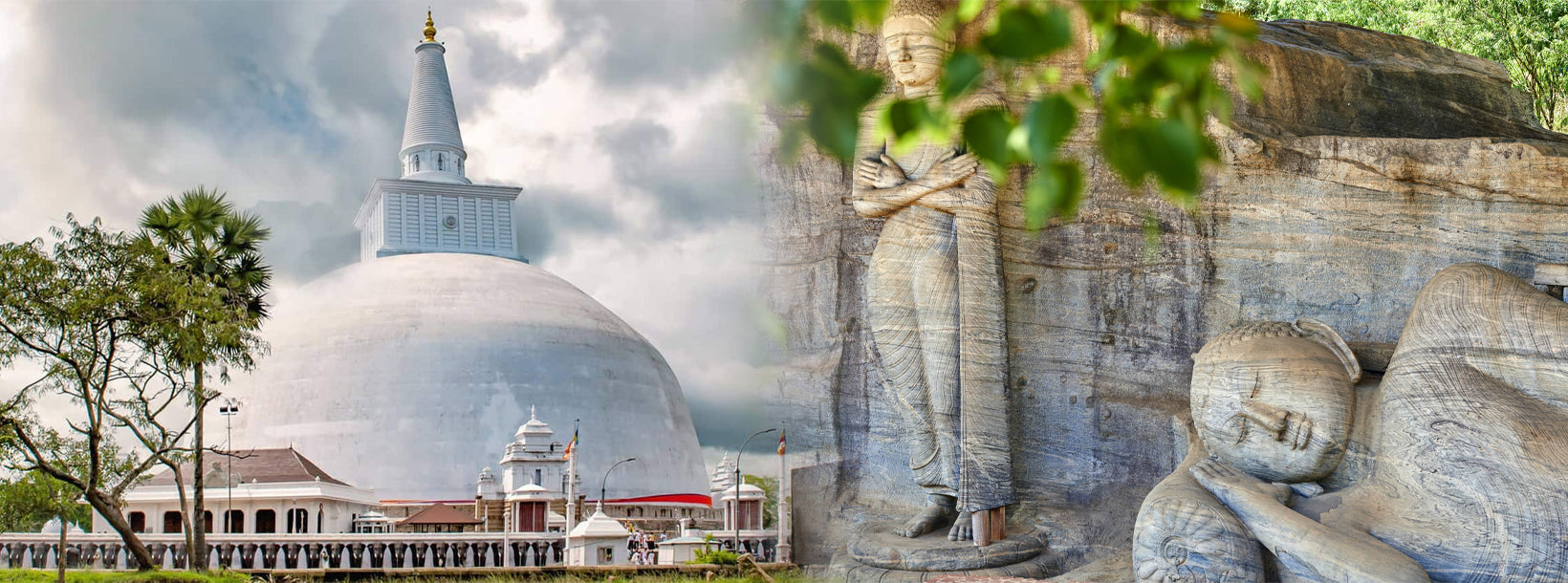
World Heritage Sites
Anuradhapura and Polonnaruwa, two ancient capitals of Sri Lanka, showcase the island’s rich history and cultural heritage. Anuradhapura, a UNESCO World Heritage Site, is famed for its sacred Bodhi tree, massive stupas, and ancient monasteries. Polonnaruwa, the medieval capital, features well-preserved ruins, including the Gal Vihara Buddha statues and the impressive Parakrama Samudraya reservoir.
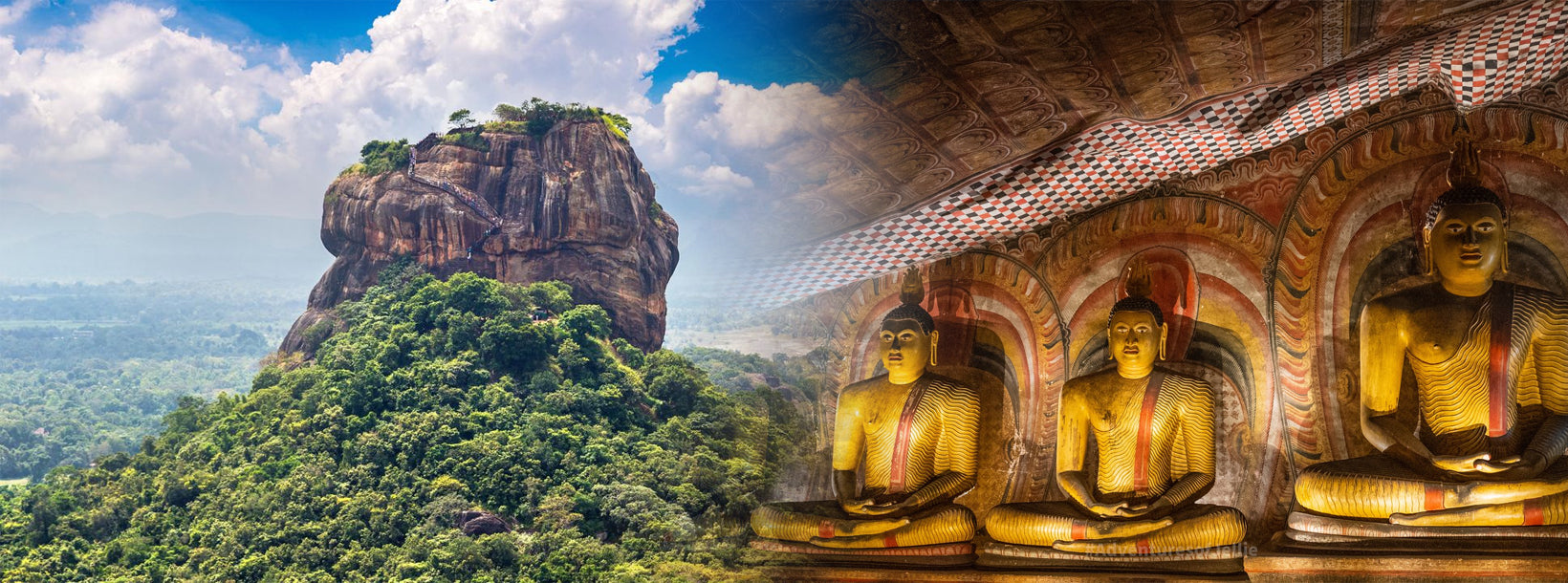
World Heritage Sites
Sigiriya and Dambulla are two iconic UNESCO World Heritage Sites in Sri Lanka. Sigiriya, the majestic rock fortress, features stunning frescoes, ancient ruins, and breathtaking views. Nearby, the Dambulla Cave Temple boasts intricate Buddhist murals and over 150 Buddha statues, making it the largest and best-preserved cave temple complex in the country.
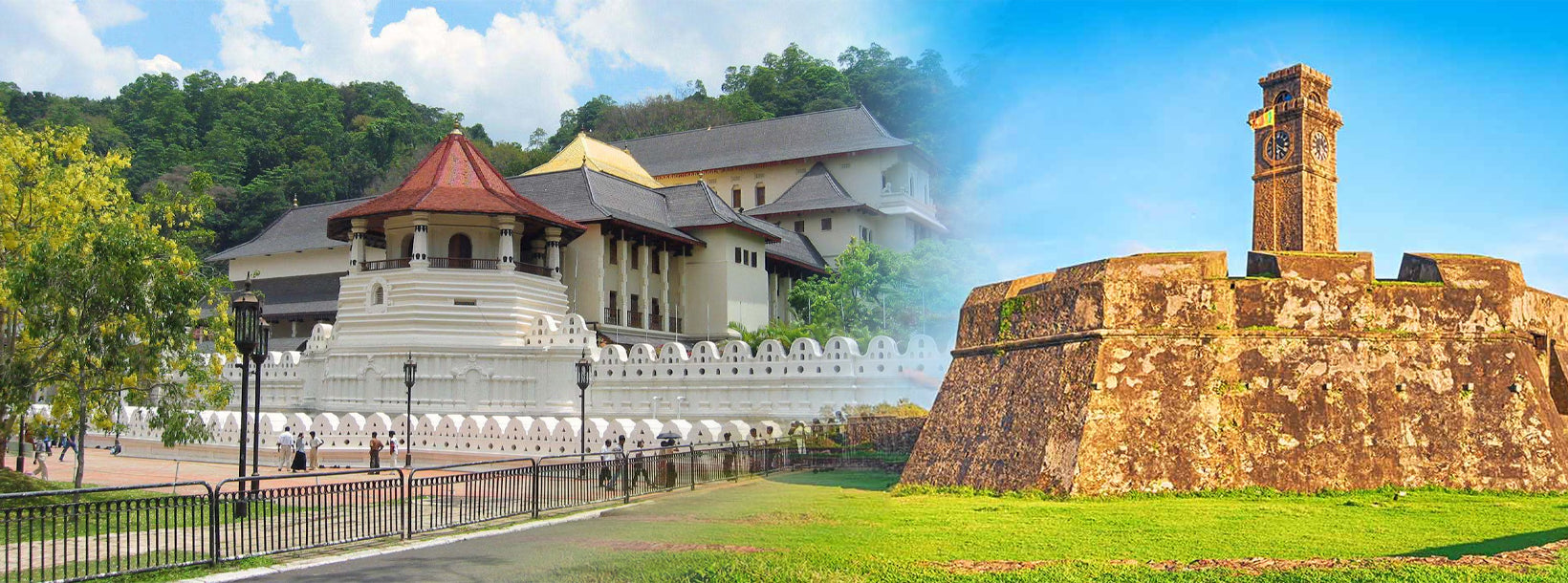
World Heritage Sites
The Temple of the Tooth in Kandy is Sri Lanka’s most sacred Buddhist site, housing the revered relic of Lord Buddha’s tooth. It is a spiritual and cultural landmark with rich traditions. Galle Fort, a UNESCO World Heritage Site, showcases colonial-era architecture, cobblestone streets, and stunning coastal views, reflecting Sri Lanka’s Dutch and Portuguese heritage.
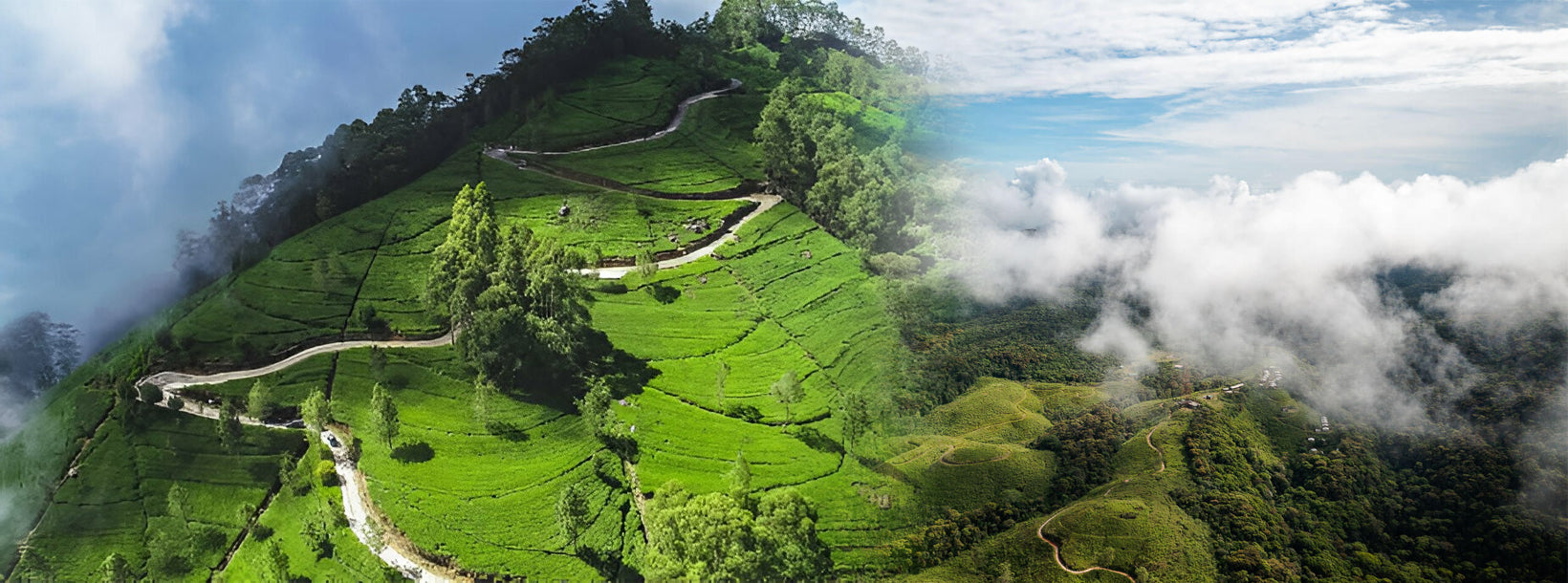
World Heritage Sites
Central Highlands and Sinharaja are two of Sri Lanka’s most remarkable natural wonders. The Central Highlands, a UNESCO World Heritage Site, include Horton Plains, Knuckles, and the Peak Wilderness, home to diverse flora, fauna, and breathtaking landscapes. Sinharaja Forest Reserve, another UNESCO site, is a dense tropical rainforest teeming with endemic wildlife, making it a paradise for nature lovers and birdwatchers.
World Heritage Sites
Sri Lanka is one of Asia’s richest treasure troves of both natural and man-made wonders. Royal and sacred cities, colonial strongholds, temple caves and virgin forests with no fewer than Eight World Heritage Sites in Sri Lanka declared and listed by UNESCO.
Eight World Heritage Sites of Sri Lanka have been inscribed in the UNESCO World Heritage namely, the sacred city of Anuradhapura, the ancient city of Polonnaruwa, the ancient city of Sigiriya, the Golden Temple of Dambulla, the old town of Galle and its fortifications, Central Highlands of Sri Lanka, the magnificent temples and palaces of the royal city of Kandy and the Sinharaja Forest Reserve.
-
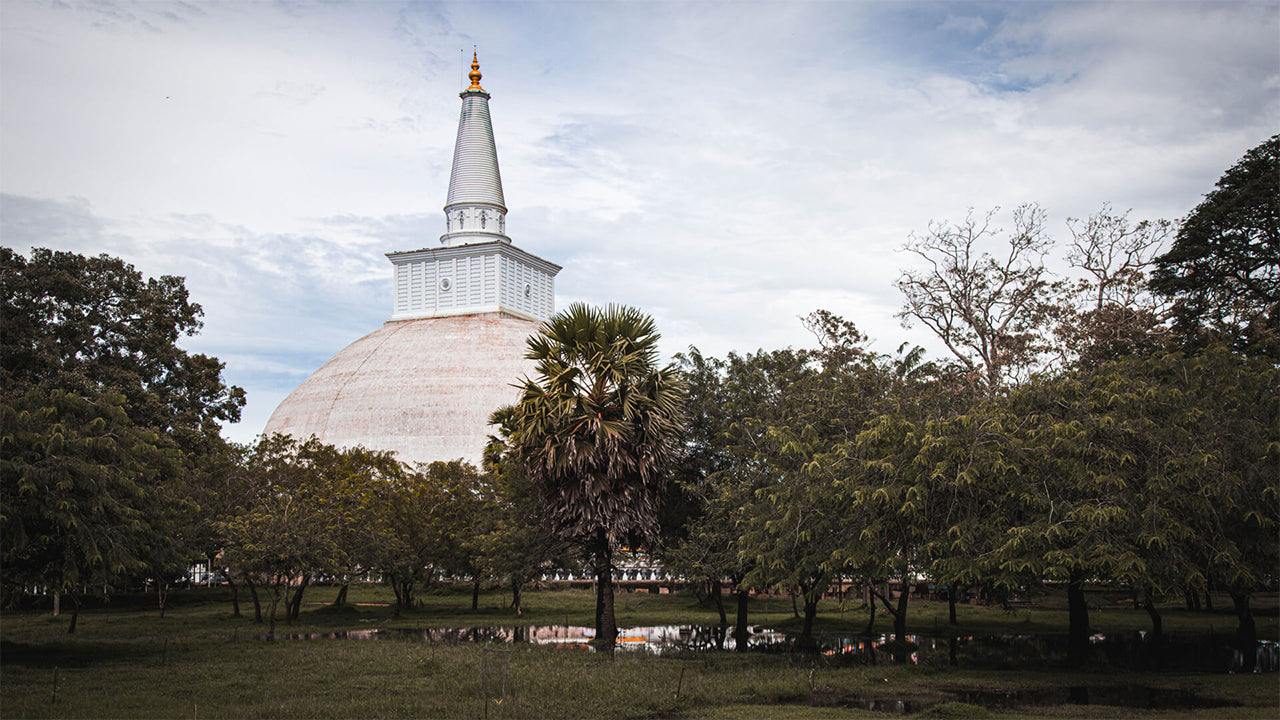 The sacred city of Anuradhapura (1982)
The sacred city of Anuradhapura (1982)Anuradhapura is a fitting climax to any tour of the Cultural Triangle and world famous for its well preserved ruins of the Great Sri Lankan Civilization. The Civilization which was built upon this city was one of the greatest civilizations of Asia and in the world.
-
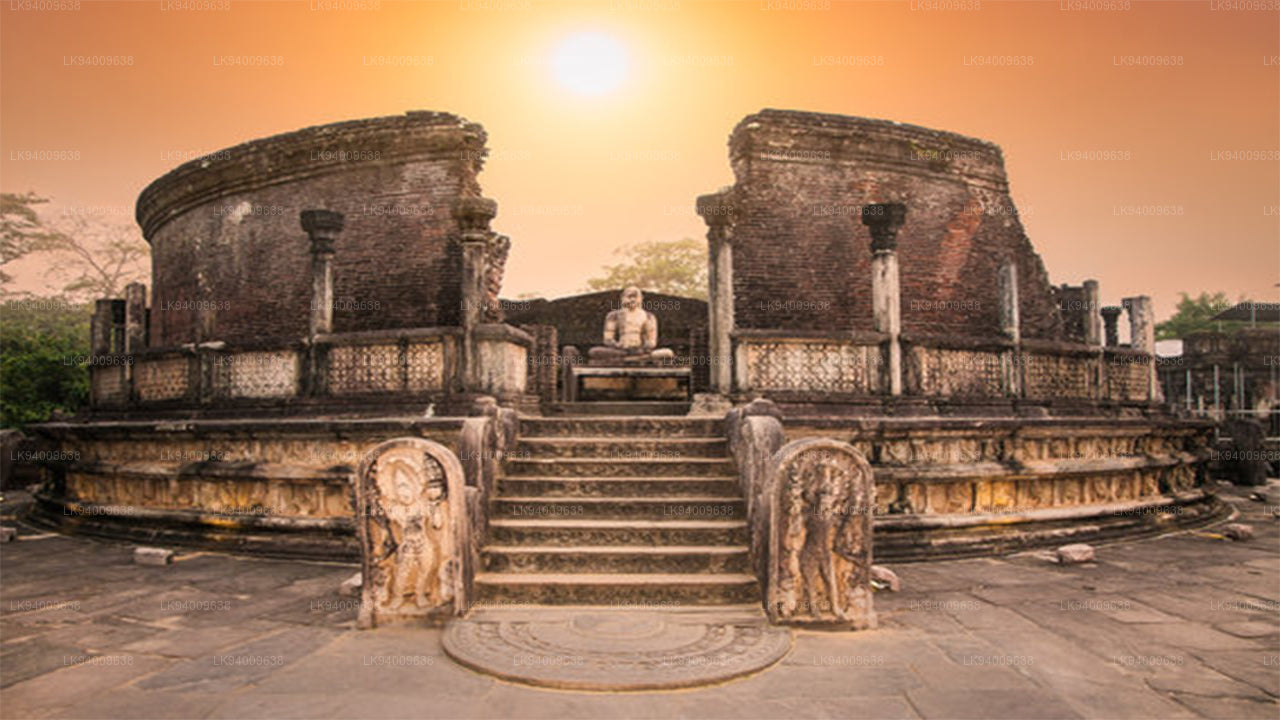 The medieval capital of Polonnaruwa (1982)
The medieval capital of Polonnaruwa (1982)Remains as the royal ancient city of the Kingdom of Polonnaruwa. The second most ancient of Sri Lanka's kingdoms, Polonnaruwa was first established by the Chola dynasty after their successful invasion of the country's then capital, Anuradhapura, in the 10th century. The Ancient City of Polonnaruwa has been declared a World Heritage Site.
-
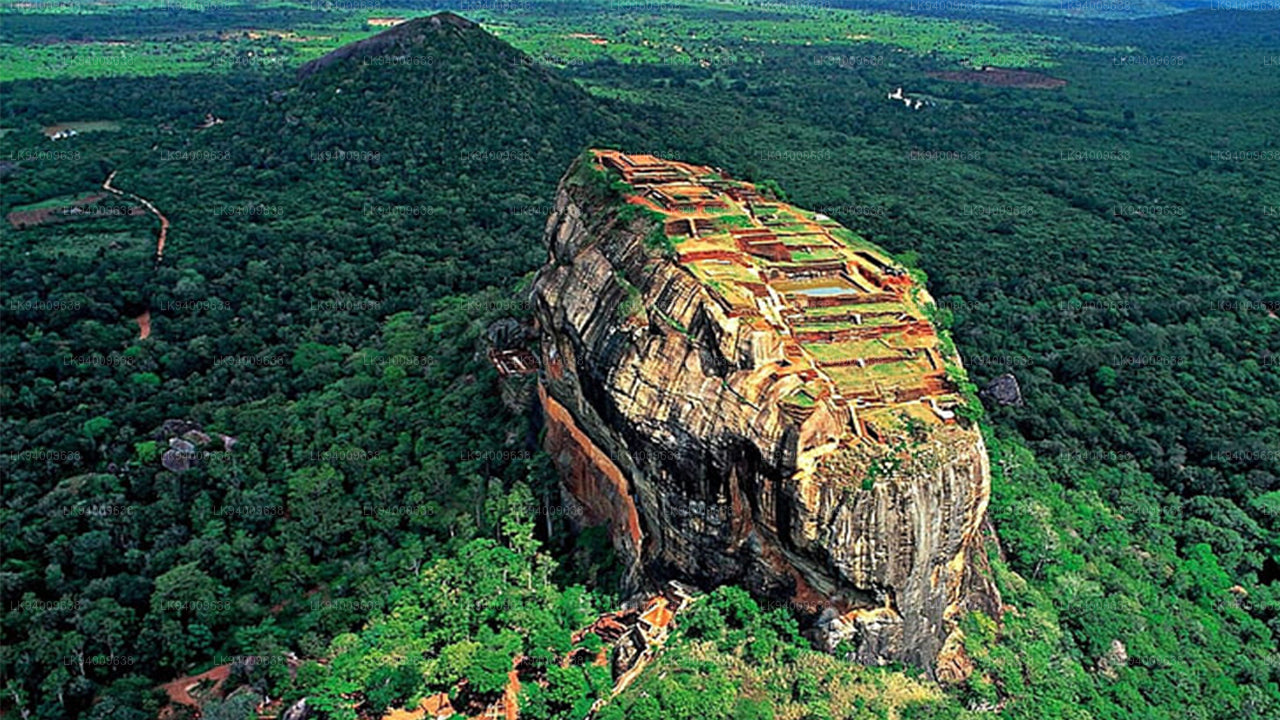 The Sigiriya Rock Fortress (1982)
The Sigiriya Rock Fortress (1982)Sigiriya was designated a World Heritage site in 1988. Sigiriya presents a unique concentration of fifth century urban planning, surrounded by the remains of an extensive network of gardens, arts and architecture, engineering and hydraulic technology. The Sigiriya rock is a hardened magma plug from an extinct and long-eroded volcano.
-
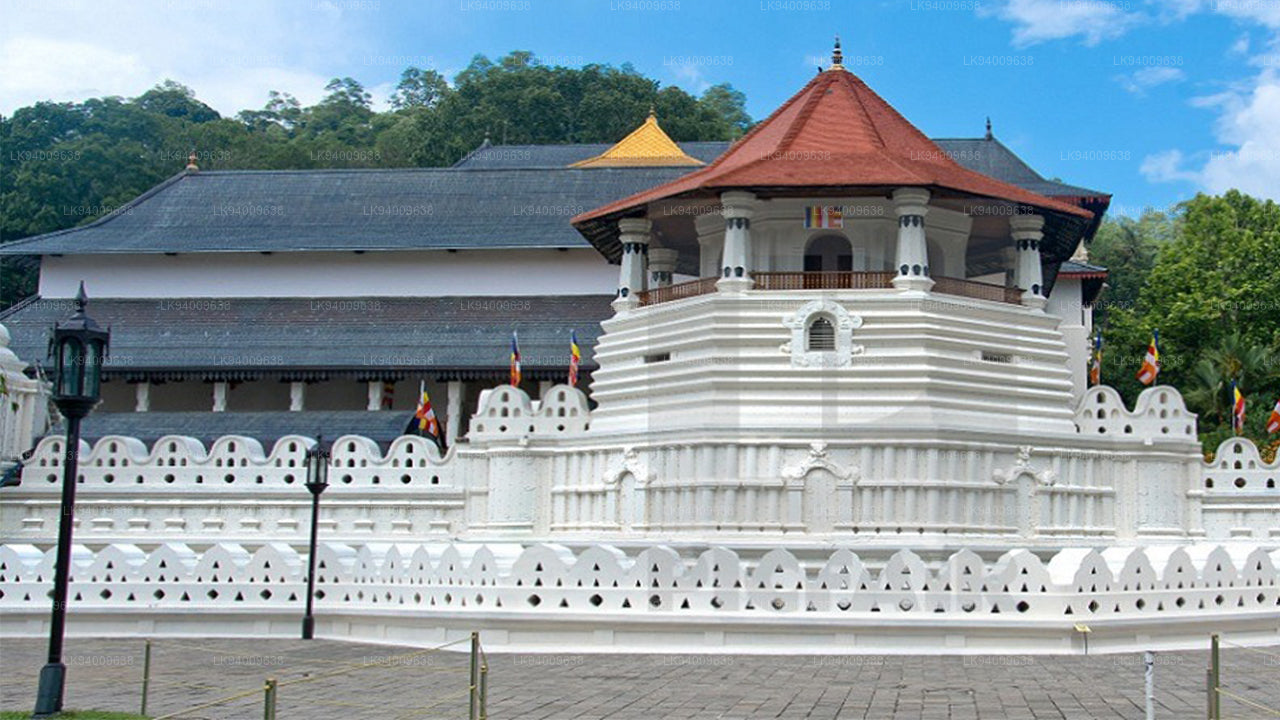 Temple of Tooth Relic Kandy (1988)
Temple of Tooth Relic Kandy (1988)The relic has played an important role in the local politics since ancient times, it’s believed that whoever holds the relic holds the governance of the country, which caused the ancient kings to protect it with great effort. Kandy was the capital of the Sinhalese Kings from 1592 to 1815, fortified by the terrain of the mountains and the difficult approach.
-
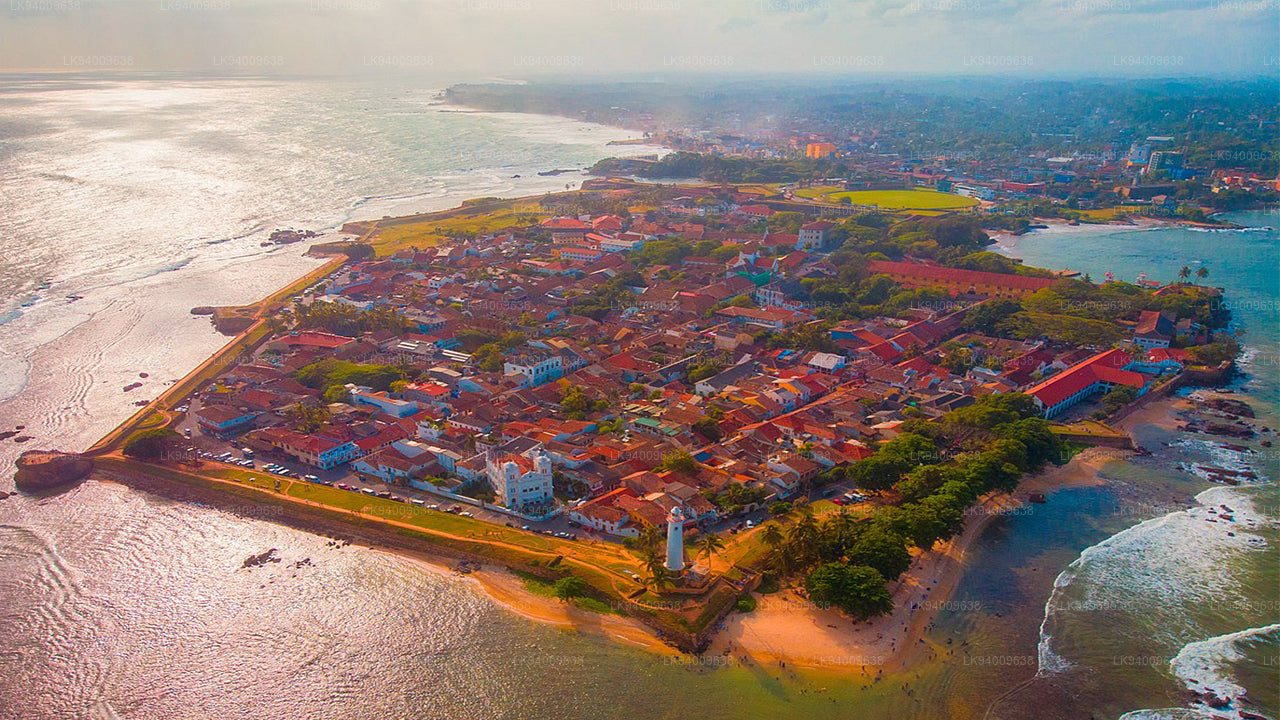 The Dutch fortifications at Galle (1988)
The Dutch fortifications at Galle (1988)Galle Fort or the Dutch Fort is a Portuguese fortress which was built in 1588 at the bay of Galle on the southwestern coast of Sri Lanka. This fortress is completed with 14 bastions which is still the best-preserved and best example for the fortified city in Asia built by Europeans by showing the mix of European architectural styles and South Asian traditions.
-
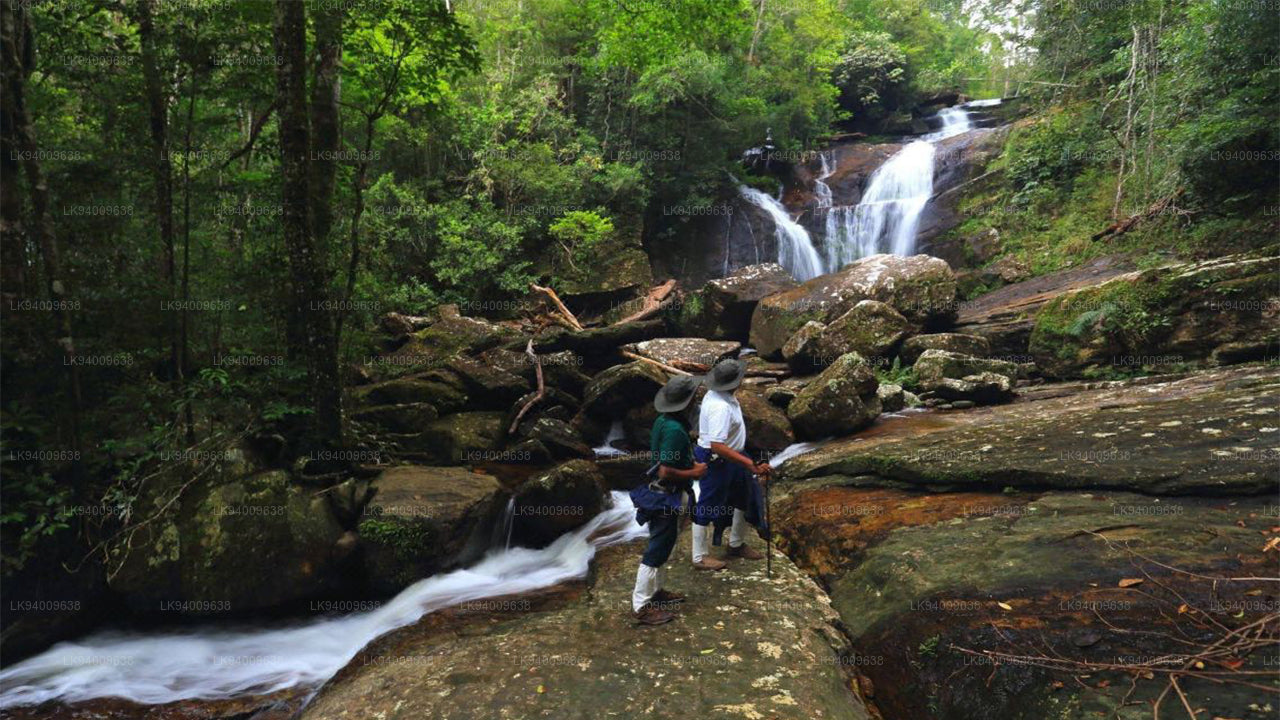 The Sinharaja forest reserve (1988)
The Sinharaja forest reserve (1988)Variety of indigenous plants and animals, flowing rivers and silent streamlets cover up nearly 9800 hectares. Out of a total of 830 indigenous flowering plants in the Island Sinharaja has nearly 500 plants and out of 21 native bird species in the country 17 species have made Sinharaja their home.
-
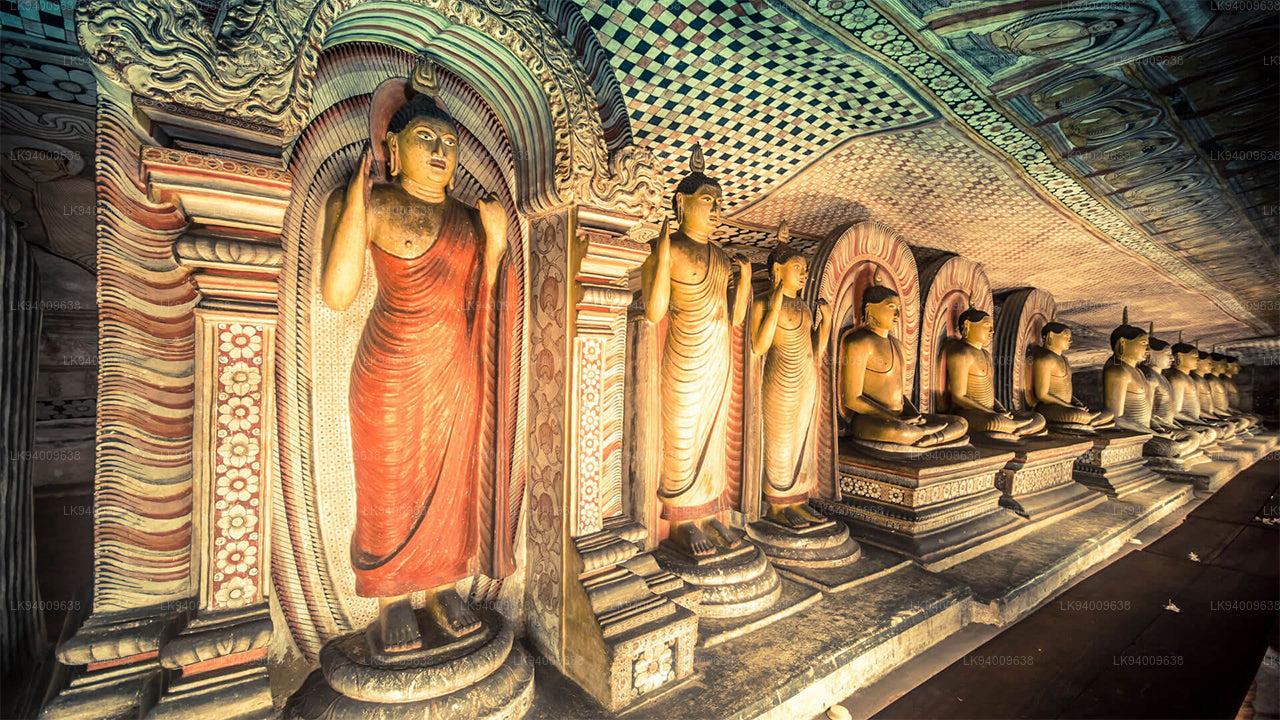 The cave temples of Dambulla (1991)
The cave temples of Dambulla (1991)Dambulla Cave Temple, also known as the Golden Temple of Dambulla is a world heritage site in Sri Lanka, situated in the central part of the country. Dambulla was designated a World Heritage site in 1991. This site is situated 148 km east of Colombo and 72 km north of Kandy.
-
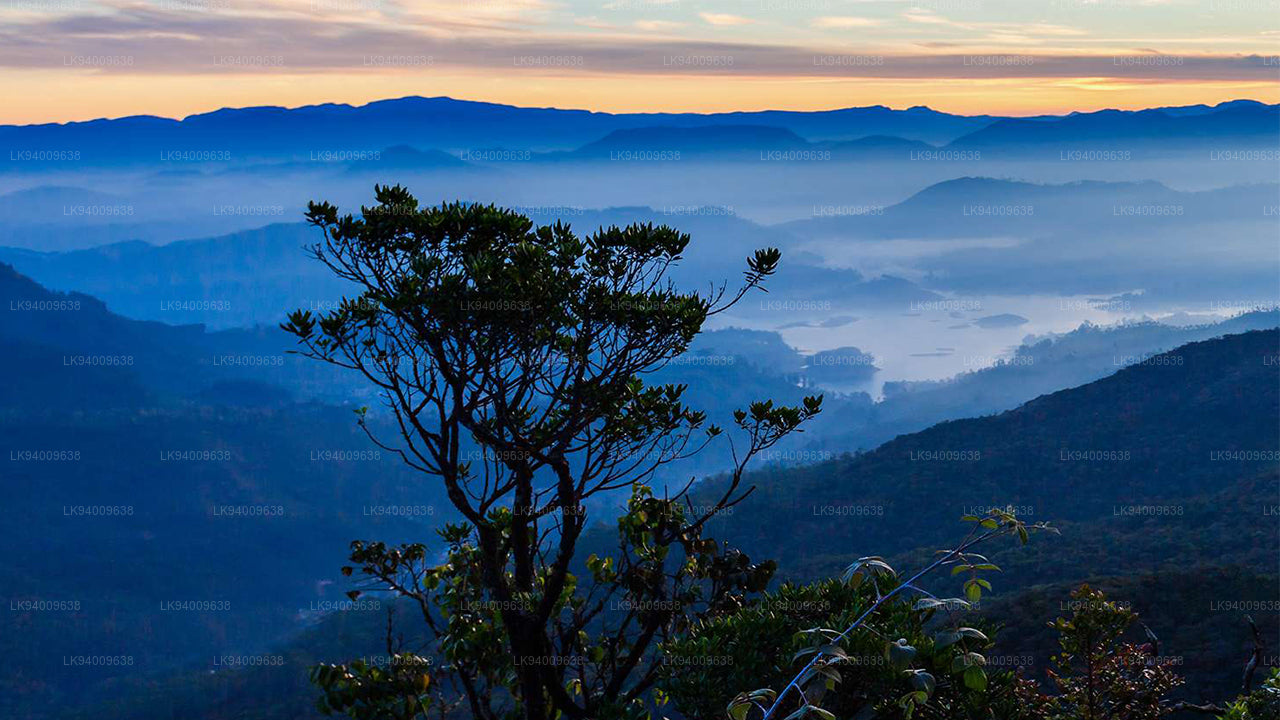 Central Highlands (2010)
Central Highlands (2010)The newest addition to the list, Sri Lanka's highlands are made up of three wet-zone parks: the Peak Wilderness Protected Area, the Horton Plains National Park and the Knuckles Conservation Forest. Adam's Peak is the highest point, which has become a significant center for Buddhist pilgrims.








